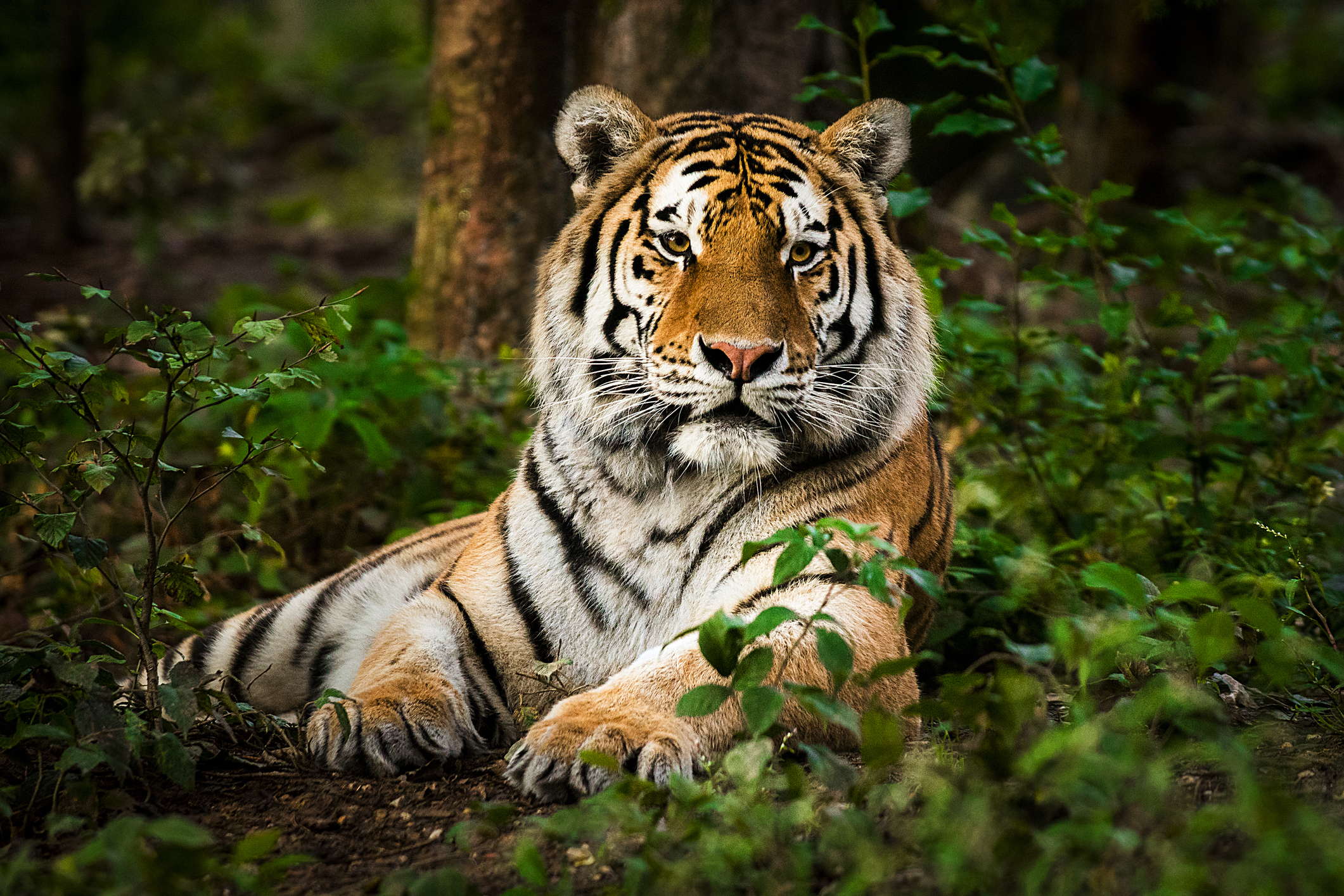India’s forests seem to be burning bright. The figures released by the National Tiger Conservation Authority have shown that the number of tigers in the wild in the country has witnessed an impressive rise of 33 per cent, the highest ever jump recorded between the quadrennial enumerations. India, with nearly 3,000 wild tigers, accounts for 75 per cent of the global tiger population. The NTCA data also mean that India has met its goal of doubling the count of big cats years before the deadline. Perhaps this achievement prompted the prime minister to exult that the nation had kept its pledge.
But the challenge of conserving India’s national animal continues to evolve. The devil, as it were, lies in the detail of the NTCA report. Tigers, it has been reported, have now vanished from some reserves, including Buxa in Bengal. Unlike Madhya Pradesh or Uttarakhand — these two states, along with Karnataka, have healthy tiger populations — the Northeast, often packaged as verdant territory to the gullible tourist, and Odisha have witnessed significant declines for a while. The reasons are many, and poaching is not always the primary concern, even though there is a case for a coordinated, global crackdown on the Chinese market for animal parts. The real problem, as always, concerns the lopsided nature of ‘development’. Human predations have resulted in shocking declines in tiger habitat. According to some estimates, as much as 95 per cent of tiger territory has been encroached upon, causing the species to be packed into densely populated zones. Habitat loss has been accompanied by the fragmentation of the corridors that served as passages to help tigers migrate among forests. Casualties continue to rise as roads and railways cut through protected stretches — Narendra Modi’s assurance of India building roads while creating quality habitats for wild animals is likely to make conservationists anxious. Ironically, the rise in numbers is likely to intensify the raging man-animal conflict. Already, diminishing prey base and depleting forest cover have forced a large number of tigers to stray from reserve forests. They often pay a price for straying — the NTCA has evidence of a number of tigers being killed by snares or live wires. Moreover, conservation cannot succeed without addressing the needs of the underpaid, ill-equipped ranger and his staff. The challenges, evidently, are numerous. The future of the tiger depends on how India responds to these.













